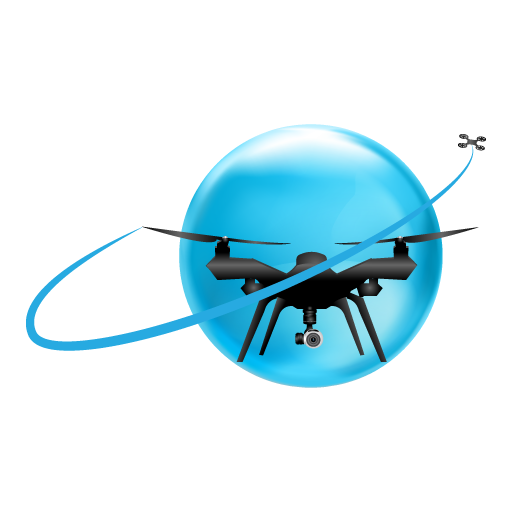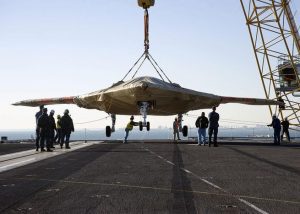We’re living in the first age of drone warfare. While unmanned aerial vehicles can trace their roots back at least as far as 1918, it required the War on Terror and its corresponding technological improvements to showcase the skills of long-endurance, high-flying remotely piloted machines. Yet despite their prominence in modern battlefields, the best effect of drones will be felt later on. At least, that is the argument from Michael C. Horowitz, Sarah E. Kreps, and Matthew Fuhrmann in a fascinating new paper.
 Next Generation Of Drones
Next Generation Of Drones
In”The Consequences of Drone Proliferation: Separating Fact from Fiction,” published online this week, the writers talk to fears, both real and imagined, about an increasing number of countries incorporating armed drones in their military arsenals. While the USA is the best-known user of armed drones, it is hardly the only country, with Israel, Nigeria, Pakistan, and the United Kingdom have used them in battle.
The paper makes this vital points: right now, drones are largely changing the calculus for counter-insurgency and national warfare, but in the long run, drones may change wars fought by countries against other nations. What exactly happens when drones get better at preventing anti-air weapons? That’s when drones begin to matter a good deal more between nations. America’s latest bomber and it’s in the functions replacement are both constructed stealthy, as are its biggest fighter program as well as the futuristic X-47B combat demonstrator.

 Next Generation Of Drones
Next Generation Of Drones